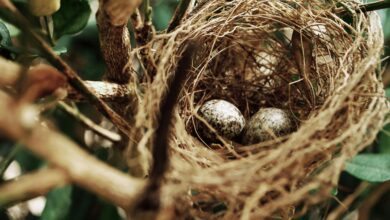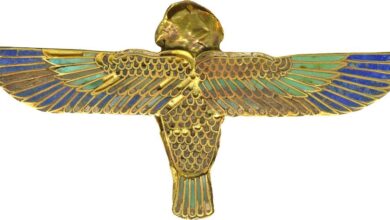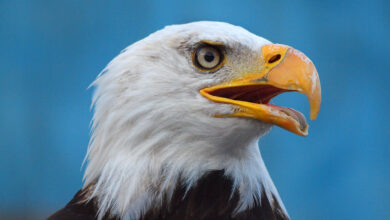Brown-Headed Cowbirds
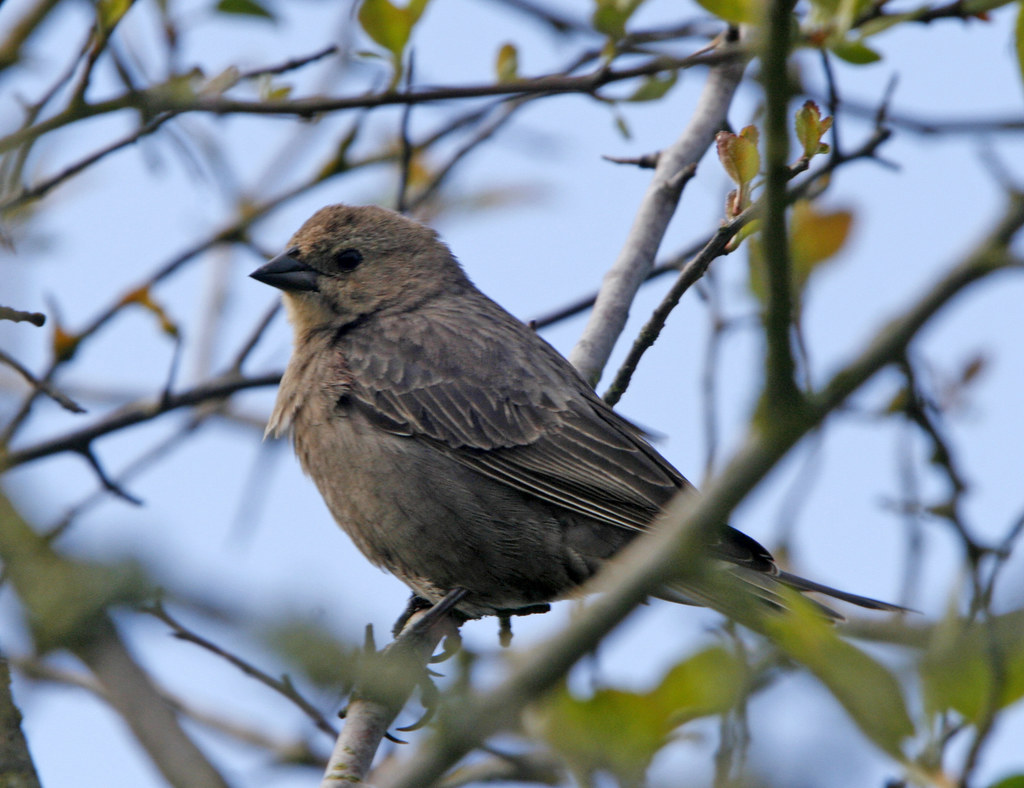
Are you curious about the brown-headed cowbird? This guide will help you appreciate its unique role in nature. We’ll explore its looks, quirky breeding habits, and diet.
What is a Brown-Headed Cowbird?
Physical Characteristics
Size and Shape
The brown-headed cowbird is a small bird with a sturdy build and a short, seed-crunching bill. Males are around 7.5 inches long, and females are a bit smaller. Males sport a glossy black body and a distinct brown head, while females have brownish-grey feathers for better camouflage. Both sexes have black wings, tails, legs, and feet, making them easy to identify.
Plumage and Coloration
Males shine with their glossy black bodies and brown heads, while females keep it low-key with brownish-grey feathers that help them blend into their surroundings.
Habitat and Distribution
Geographic Range
Brown-headed cowbirds are native to North America, stretching from southern Canada to northern Mexico. They thrive in various environments, from grasslands to farmlands.
Preferred Habitats
These adaptable birds are often found in open fields, forest edges, and suburban areas. They like spots with lots of food and nearby nests where they can lay their eggs, showing off their impressive survival skills.
The Unique Breeding Behavior of Brown-Headed Cowbirds
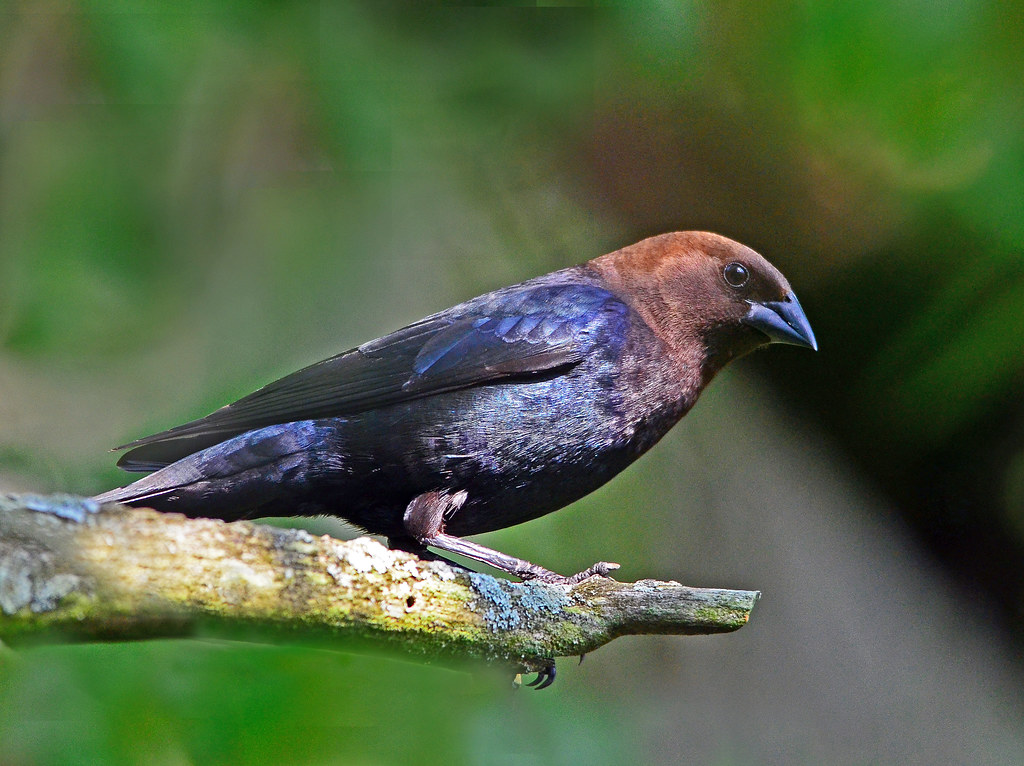
One of the most fascinating things about cowbirds is their breeding behaviour, known as brood parasitism. This means they lay their eggs in the nests of other birds, leaving the foster parents to raise their chicks. It’s a clever but controversial strategy.
Brood Parasitism Explained
Definition and Explanation
Brood parasitism is when cowbirds lay their eggs in other birds’ nests, letting the unsuspecting foster parents do the hard work of raising their young. This frees up cowbirds to produce more eggs without the hassle of chick-rearing.
Historical Perspective
This behaviour likely evolved because cowbirds used to follow bison herds across the plains. By offloading parenting duties, they could stay mobile and take advantage of changing food sources.
Impact on Host Species
Common Host Species
Cowbirds aren’t picky and target a wide range of birds, especially smaller songbirds that may not recognize the foreign eggs.
Effects on Host Populations
The impact can be severe, with cowbird chicks often outcompeting the host’s young for food, leading to fewer surviving chicks of the host species.
Feeding Habits and Diet
Typical Diet
Insect Consumption
During the breeding season, cowbirds mainly eat insects vital for egg production. They’re great at catching beetles, grasshoppers, and other small critters.
Seed and Grain Diet
In the off-season, their diet shifts to seeds and grains. They often forage in agricultural fields, making them a familiar sight around farms.
Foraging Behavior
Techniques and Strategies
Cowbirds are ground foragers who use “gleaning” to pick food off the ground. They may also follow grazing animals, eating insects stirred up by their movement.
Seasonal Variations
Their bird diet adapts to the seasons, with more insects in summer and seeds during the colder months.
Brown-Headed Cowbird’s Role in the Ecosystem
Positive Impacts
Seed Dispersal
Cowbirds help spread various plant species by eating and excreting seeds, promoting plant diversity.
Insect Population Control
Their insect-eating habits help control pest populations, benefiting agriculture and keeping the ecosystem balanced.
Negative Impacts
Brood Parasitism Consequences
The downside is their brood parasitism, which can lead to declines in some bird populations, especially those already vulnerable due to habitat loss.
Competition with Other Birds
Cowbirds can be aggressive competitors, sometimes driving other birds away from feeding and nesting sites.
Conservation and Management
Current Population Status
Population Trends
Brown-headed cowbird populations are stable, with some areas growing thanks to abundant food from increased agricultural lands.
Conservation Efforts
Efforts focus on balancing cowbird populations to protect affected host species. This includes monitoring trends and implementing management practices.
Management Strategies
Controlling Brood Parasitism
One method is trapping and relocating cowbirds from critical nesting areas of endangered birds, helping reduce the impact on vulnerable species.
Habitat Management
Creating and preserving diverse habitats can mitigate the negative effects of cowbird parasitism. Ensuring various nesting sites and food sources supports a balanced ecosystem.
Fun Facts About Brown-Headed Cowbirds
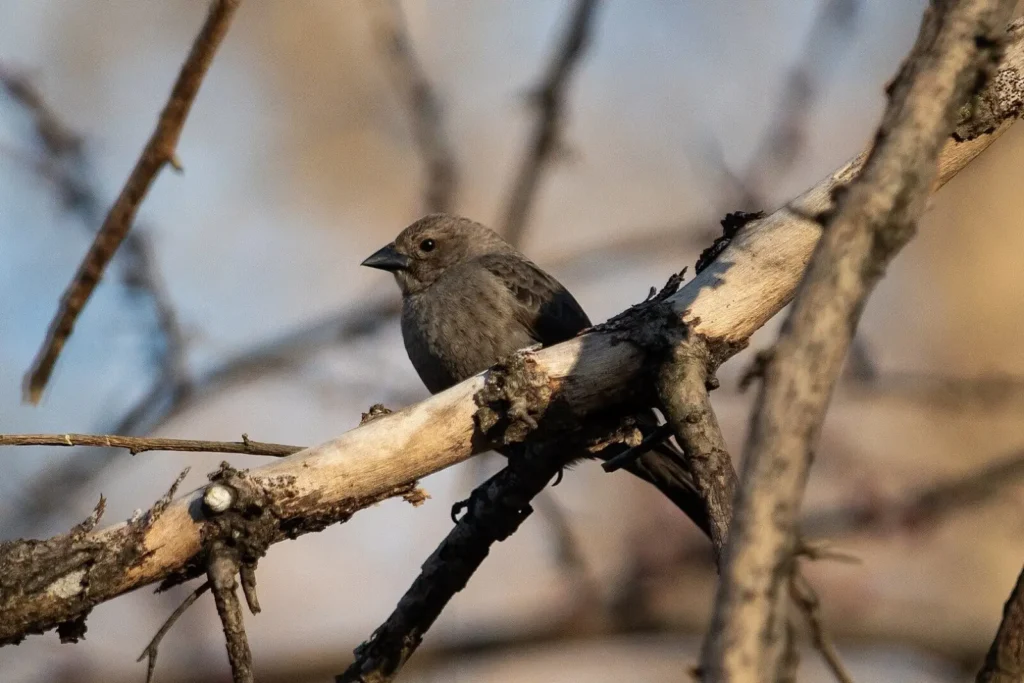
Historical Anecdotes
In the past, cowbirds were often seen following bison herds, taking advantage of the insects stirred up by these large mammals.
Interesting Behaviors
Cowbirds are social birds, often forming large flocks with other blackbirds. They are also quite vocal, using various calls for communication.
Conclusion
The brown-headed cowbird is a remarkable bird with unique behaviours and significant ecological impacts. While its brood parasitism challenges other species, it also plays beneficial roles in seed dispersal and insect control. Understanding and managing its population is key to maintaining ecological balance.
FAQs
What is the lifespan of a brown-headed cowbird?
Brown-headed cowbirds typically live 5 to 7 years in the wild, though some may reach up to 13 years.
How do brown-headed cowbirds choose their host species?
Cowbirds pick hosts based on nest availability and the host species’ inability to recognize and reject foreign eggs.
Are cowbirds protected under any laws?
Like most native bird species in North America, cowbirds are protected under the Migratory Bird Treaty Act of 1918, an agreement between the U.S. and Canada to protect migratory birds from hunting and exploitation.
What can be done to protect native bird species from cowbird parasitism?
Management strategies include trapping cowbirds, protecting critical habitats, and fostering environments that support a diverse range of bird species.
Do brown-headed cowbirds migrate?
They migrate seasonally, moving south in the fall to avoid harsh winters and returning north in the spring for breeding.


